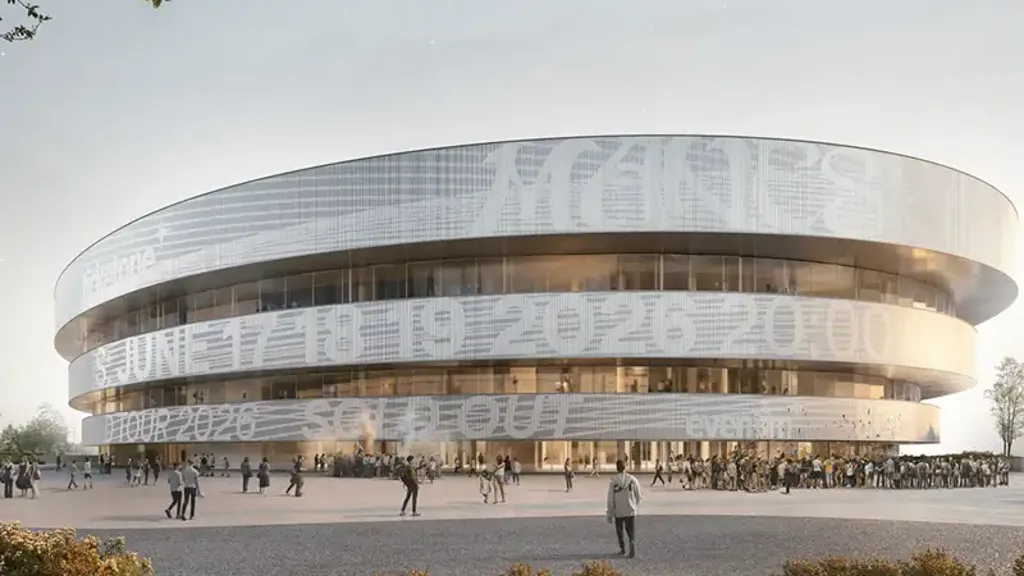Natural ventilation allows year-round use and protection against fire
Protecting athletes and spectators from heat was the purpose of the project. Through detailed CFD analysis, our environmental engineers delivered a system that would maintain a comfortable environment under the new roof, protecting players and spectators from the sun. Our ventilation solution included a series of four-metre-tall folding doors around the bowl to introduce fresh air into the venue and remove hot air through the central roof oculus.
The design created a smoke exhaust when the doors are closed. With the change from an open to a semi-enclosed/enclosed venue, this significant structural alteration needed to be assessed by our fire engineers to identify potential hazards.
They found that the natural ventilation of the structure would clear smoke without the need for exhaust systems, and a detailed assessment of the steel frame’s response to fire showed that protecting the structure would not be necessary.
The fire engineering team worked closely with our structural, fire services, lighting and mechanical engineers to reduce the visual impact of installed safety devices and fittings to minimise the impact of fire safety upgrades. Our detailed fire strategy approach accelerated approvals in compressed timeframes.
In extreme heat, temporary air-conditioning units are positioned around the court to keep players cool, with spectators cooled by permanent ‘impulse’ drum fans located underneath the fabric roof.
For Tennis NSW and its spectators, the arena still needed to feel like an outdoor venue. Using a translucent PTFE roof fabric allowed natural light to flood the venue and illuminate the space. The perimeter doors open to reveal the Sydney skyline, reinforcing the sensation of being in an open-air venue.
With the doors closed, the arena transforms into a world-class venue for Netball NSW’s professional teams, NSW Swifts and GIANTS Netball, who have called the arena home since 2020.









